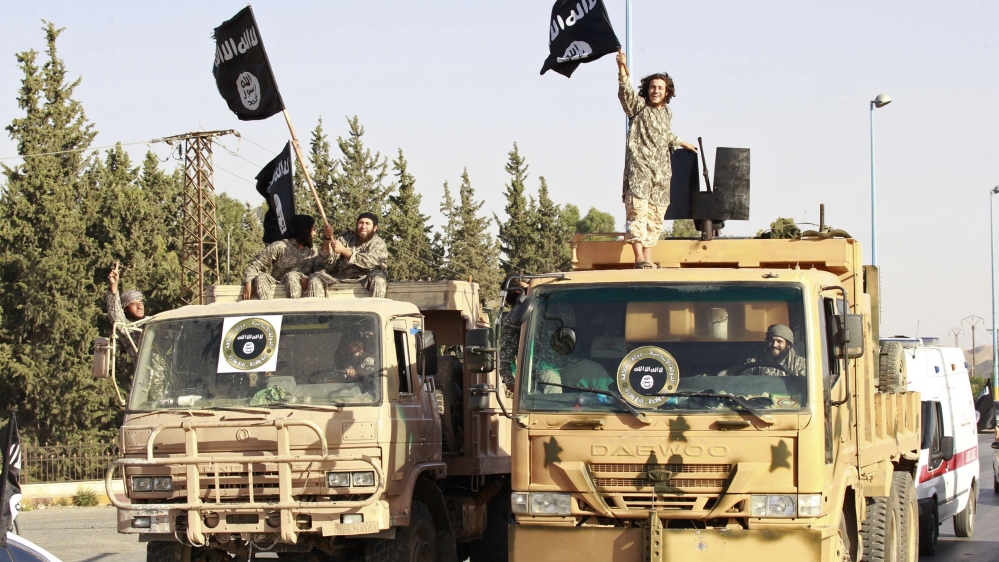
The armed group names Abu al-Hassan al-Hashimi al-Qurayshi as the successor to former leader killed in February.
The ISIL (ISIS) group has confirmed for the first time that its leader was killed in a United States raid in northwestern Syria last month and named his successor.
It was the first official comment from the armed group about its leader Abu Ibrahim al-Hashimi al-Qurayshi since US officials said he blew himself up along with members of his family as American forces raided his hideout in the northwestern Syrian town of Atmeh, near the border with Turkey, on February 3.
“Abu Ibrahim al-Qurayshi and the official Islamic State group spokesman … Abu Hamza al-Qurayshi … were killed in recent days,” the group’s new spokesperson, identified as Abu Omar al-Muhajer, said on Thursday.
Al-Muhajer also said ISIL has named a successor to the former leader, identifying him as Abu al-Hassan al-Hashimi al-Qurayshi and saying the late ISIL chief has chosen him as the next caliph.
There was no immediate information about the new leader and it was not known whether he is Iraqi like his two predecessors, both killed in rebel-held parts of Syria.
Last month’s US attack was the second time in three years that the United States killed the top ISIL leader.
The al-Qurayshis are not believed to be related. Al-Qurayshi is not their real name but comes from Quraish, the name of the tribe that Islam’s Prophet Muhammad belonged to.
ISIL claims its leaders hail from this tribe and “al-Qurayshi” serves as part of an IS leader’s nom de guerre.
“He has accepted the leadership,” al-Muhajer said of the new ISIL chief, without providing his real name.
In the US raid, about 50 US special operations forces landed in helicopters and attacked a house in a rebel-held corner of Syria, clashing for two hours with gunmen.
In all, 13 people were killed, including six children and four women.
Residents described continuous gunfire and explosions that jolted Atmeh near the Turkish border, an area dotted with camps for internally displaced from Syria’s war.
ISIL history
At the height of its power, after declaring a caliphate in 2014, ISIL controlled a third of both Syria and Iraq and ruled over eight million people.
After losing their last scrap of territory under a US-coalition backed military onslaught in March 2019, the remnants of ISIL in Syria mostly went to desert hideouts.
They have used such hideouts to ambush Kurdish-led forces and Syrian government troops.
In January, ISIL launched an assault on a prison in northeast Syria holding at least 3,000 ISIL detainees and sparking 10 days of clashes with US-backed, Syrian Kurdish-led fighters.
The battles killed more than 120 Syrian Kurdish fighters and prison workers, along with 374 ISIL fighters.






